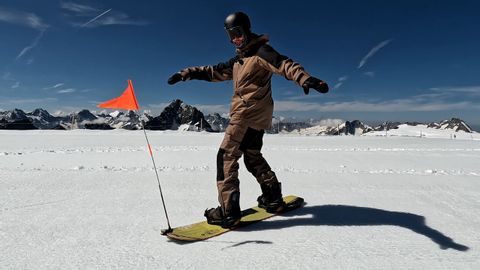旗杆練習(改善時機、姿勢和邊線變化) (FLAG POLE DRILL (improve timing, posture, and edge change))
niniba 發佈於 2024 年 07 月 13 日  沒有此條件下的單字
沒有此條件下的單字- v.t./i.棒;黏貼,張貼;堅持;伸出;忍受
- n. (c.)棍棒,棍枝,枝條
US /ˈstrʌɡəl/
・
UK /'strʌɡl/
- v.t./i.奮鬥;掙扎;打鬥;搏鬥
- n. (c./u.)掙扎;掙扎;奮鬥;難題
US /ɪnˈkrɛdəblɪ/
・
UK /ɪnˈkredəbli/
- adv.令人難以置信的是;難以置信地;非常地;令人難以置信地
- n. (c./u.)串;束;一群人
- v.t.使成一串
- v.t./i.打褶
